Tag: CRM

December 8, 2021
Hazards of the Job – Deep Trenches
Archaeology may not be as dangerous as portrayed in popular shows like Indiana Jones but we often overlook a very common fatal hazard.
Keep Reading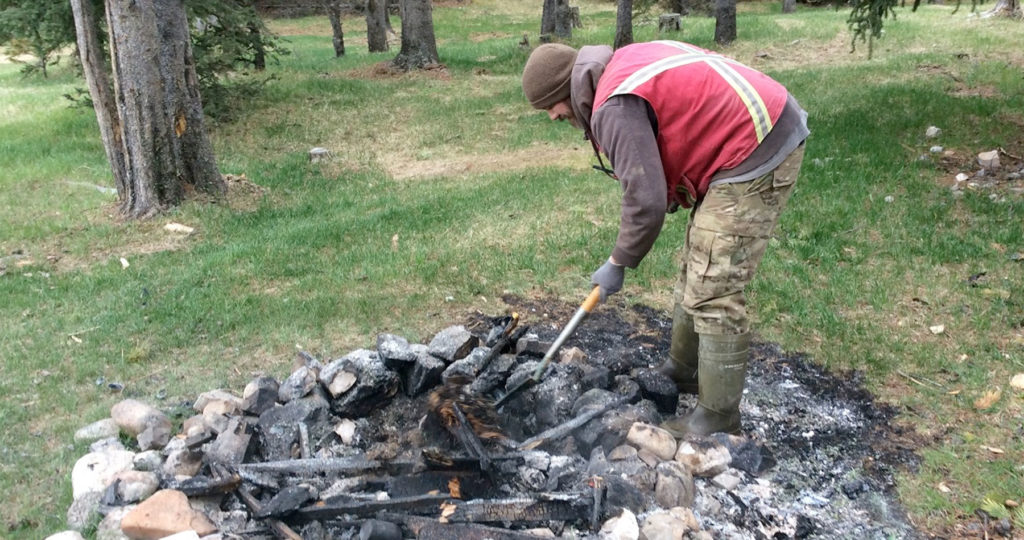
May 17, 2018
Camp Fire Hazards
It’s that time of year again! Living in Alberta, we all know how disastrous a forest fire can be. No one wants to see fires tear through their homes and communities, like what has happened previously to Fort McMurray or Slave Lake. These fires are dangerous, unpredictable, and destructive. Many of us at Tree Time
Keep Reading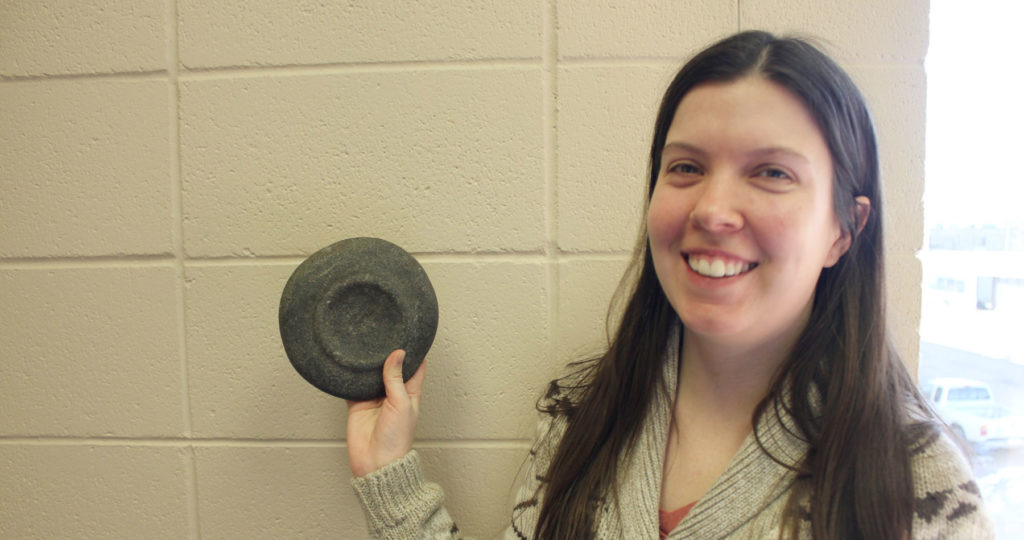
March 9, 2018
Tree Time Gals!
International Women’s Day is a great opportunity to talk about women in our past that have paved the way in some fashion. Without the Famous Five women would not have been recognized as persons in Canada as early as we were. Women like Zelia Nuttal, challenged the norm and pursued something she truly loved, expanding our
Keep Reading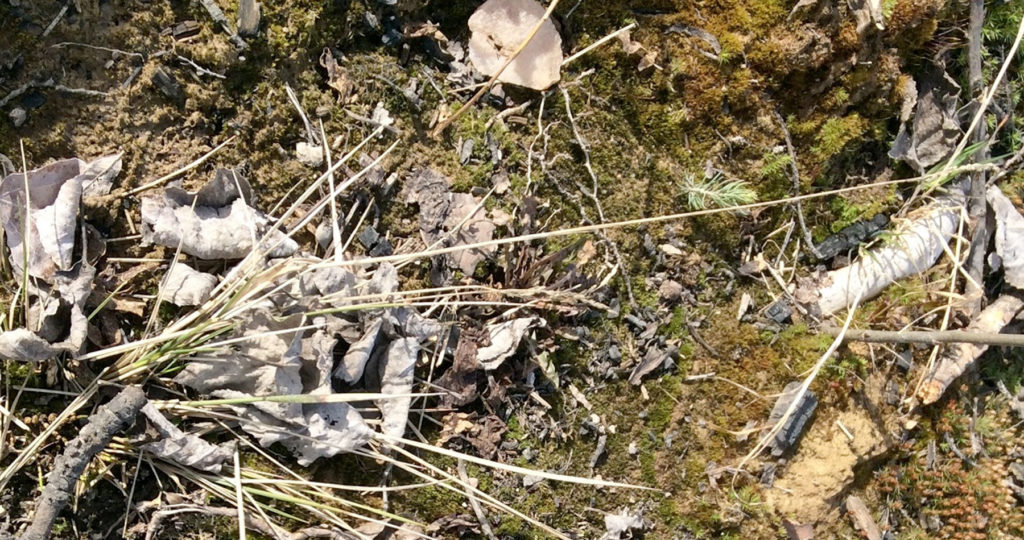
December 11, 2017
Find the Flake (Part 2!)
While we always prefer to survey areas prior to any impacts, the identification of artifacts in post-impact contexts can be easier because of large areas of exposed sediments. Instead of targeted shovel tests that excavate a very small percentage of a high potential area, we can potentially see everything that is under the ground. However,
Keep Reading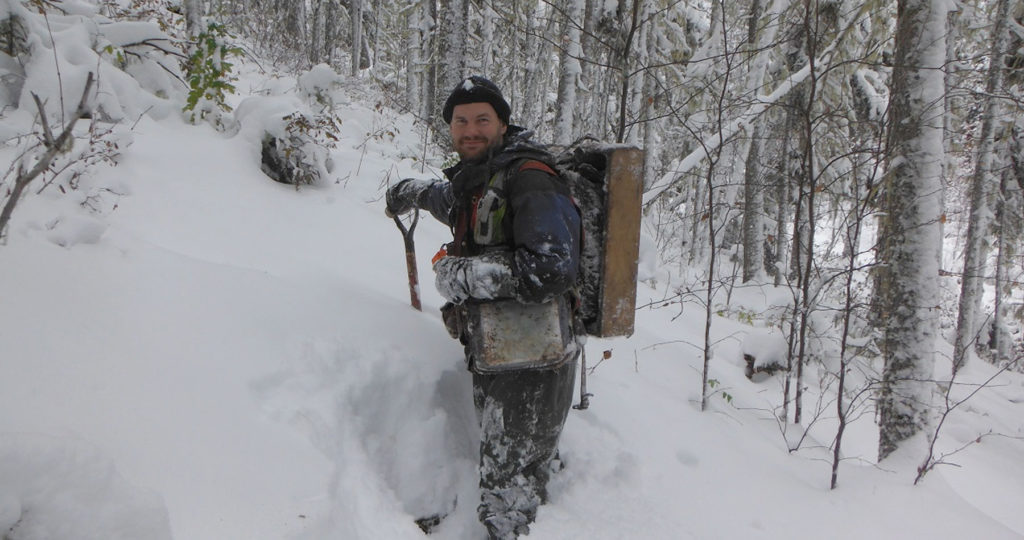
November 20, 2017
Working in the Winter
Specializing in forestry archaeology in Alberta, I haven’t had much opportunity to work in winter conditions. One of the nice things about forestry is its relatively long planning horizon and the flexibility to schedule our work. Unfortunately, in fall 2012, a variety of factors conspired to push some of our fieldwork into late October, and
Keep Reading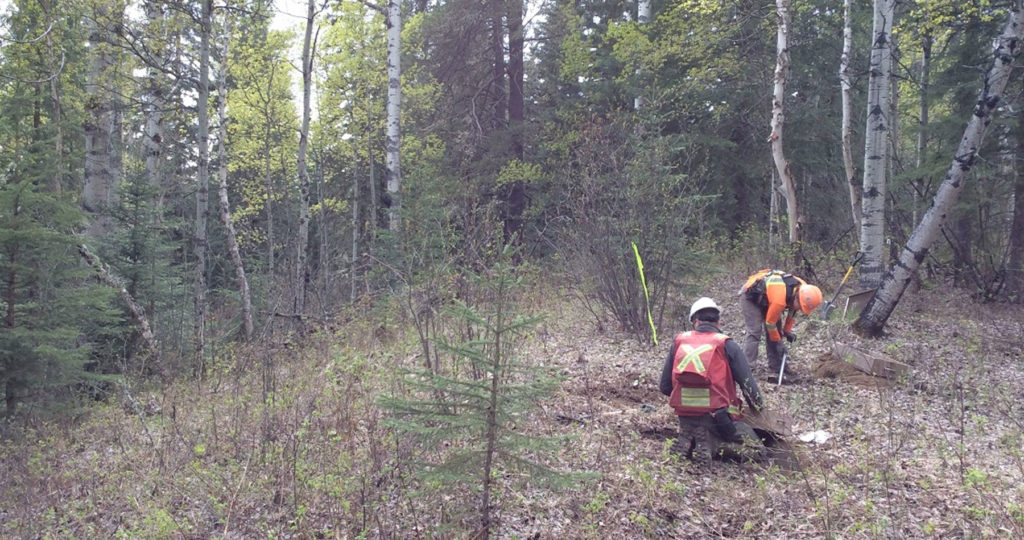
October 23, 2017
Why do HRIAs (Historic Resource Impact Assessments)?
“Archaeological heritage is an essential element in the affirmation of our Canadian identity and a source of inspiration and knowledge. It is the policy of the Government of Canada to protect and manage this heritage.1” This sentiment is echoed through all levels of government and most provinces2, territories, and municipalities have either a piece of
Keep Reading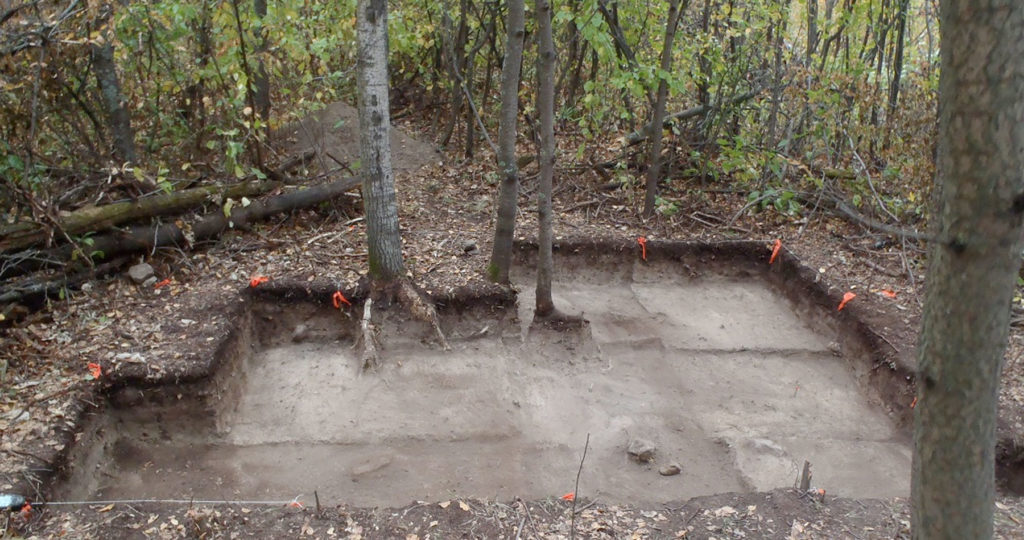
October 9, 2017
What is Mitigative Excavation?
Mitigative excavation is the process of digging an archaeological site that is threatened either by development or natural erosion. Mitigative excavations have different goals than academic excavations. The goal of mitigative excavations is is to save as much information about the site before it is destroyed, whereas in academic digs the goal is to answer
Keep Reading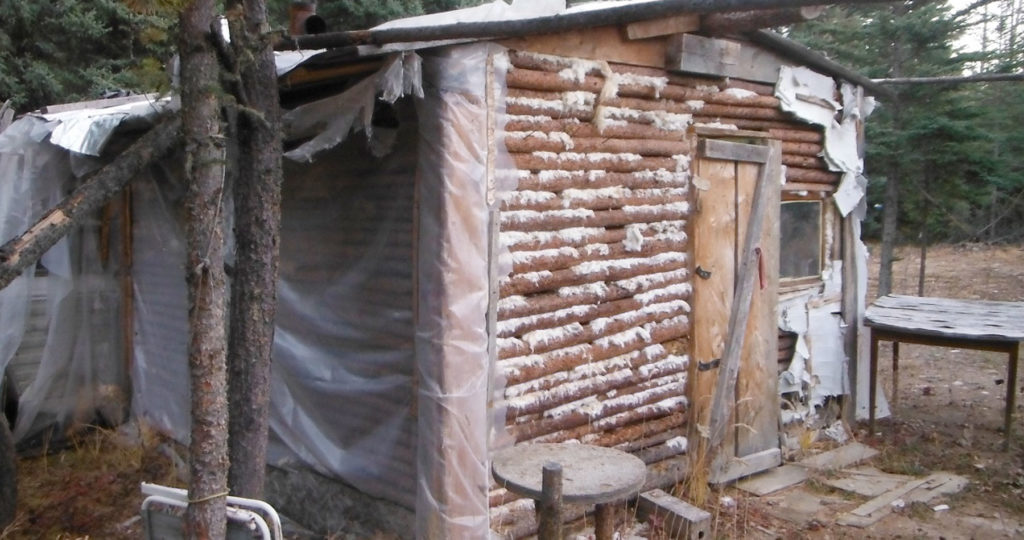
September 25, 2017
HRV 4C – What Happens Now?
You have made a plan for a development and reviewed your plan against the Listing of Historic Resources. You’ve found that you have a conflict on your land parcel, it is listed with an HRV of 4C. What does that mean? An HRV of 4C indicates that an historic resource site is located on that
Keep Reading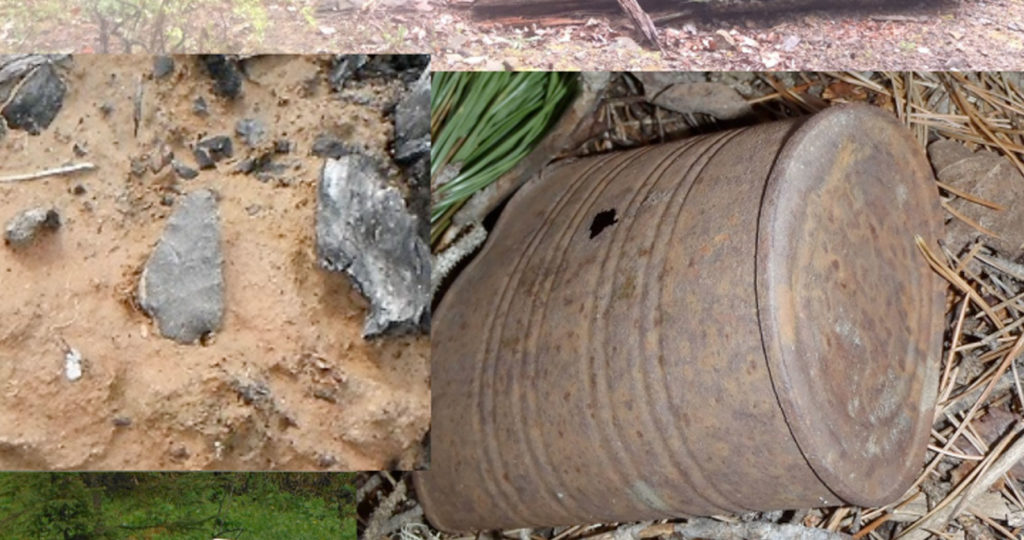
September 11, 2017
What is an Historic Resource Site?
The majority of Tree Time’s archaeological work is done in the context of Historic Resources Impact Assessments, but what is an Historic Resource? People are sometimes confused about what constitutes an historic resource because it is a very broad category. The first thing to come to most people’s mind would likely be the contents of
Keep Reading
August 14, 2017
The Alberta Homestead Process
Homestead records are a valuable research tool for archaeologists, historians and for people researching their own family history or genealogy. If you want to see how homestead records can help archaeologists please read our previous blog post. Before I explain how to use these records, I will give a brief description of the homesteading process
Keep Reading